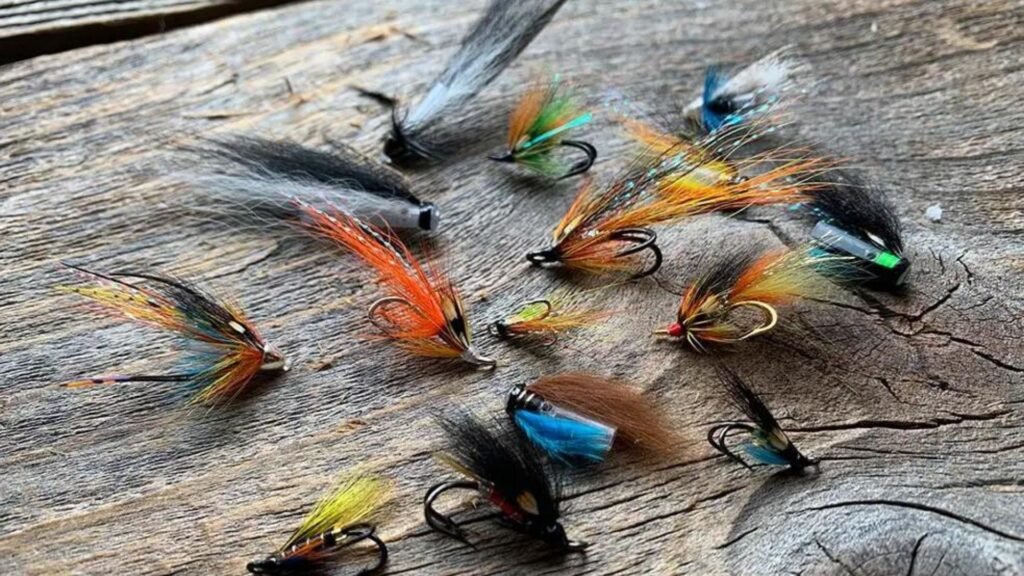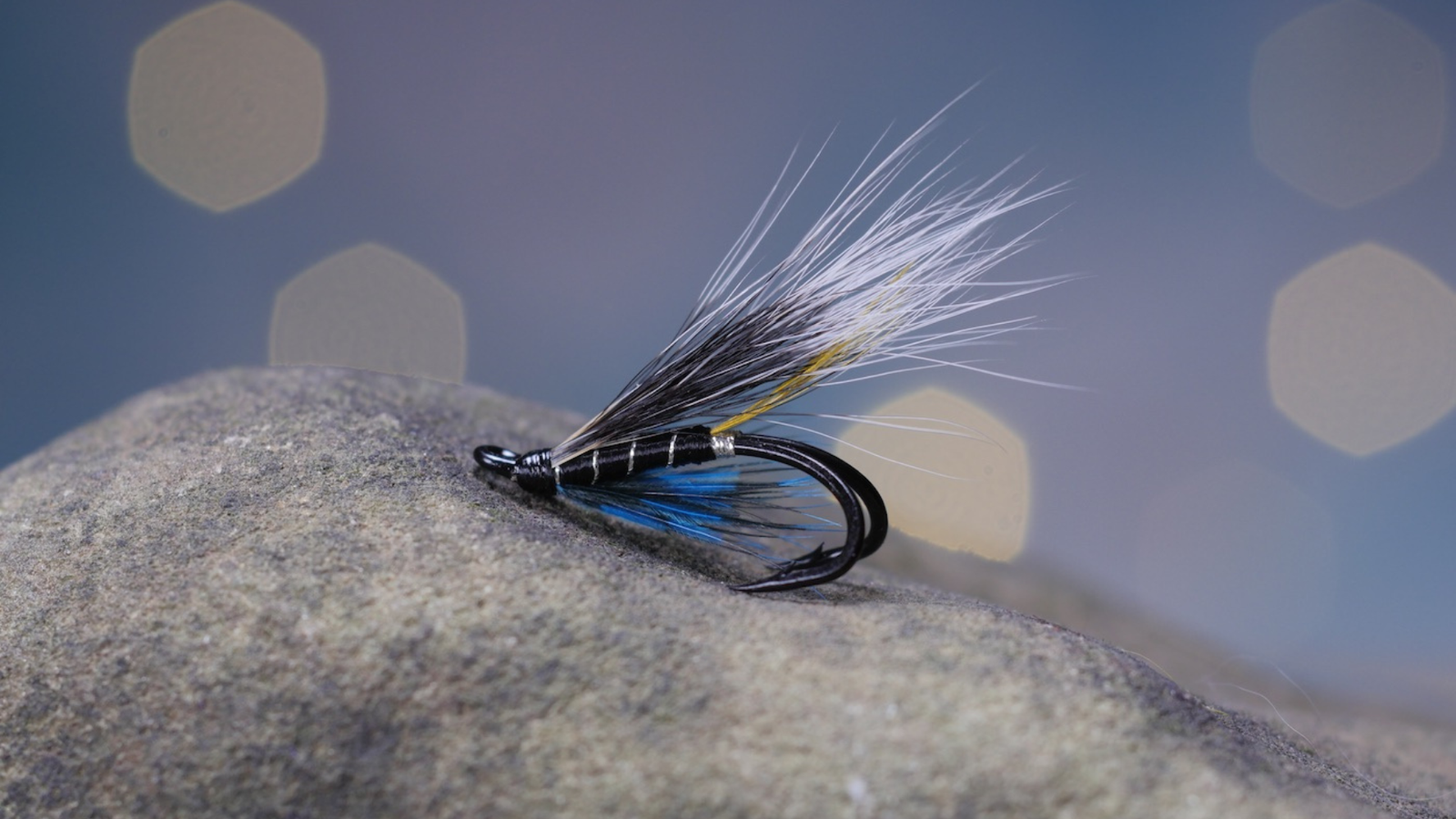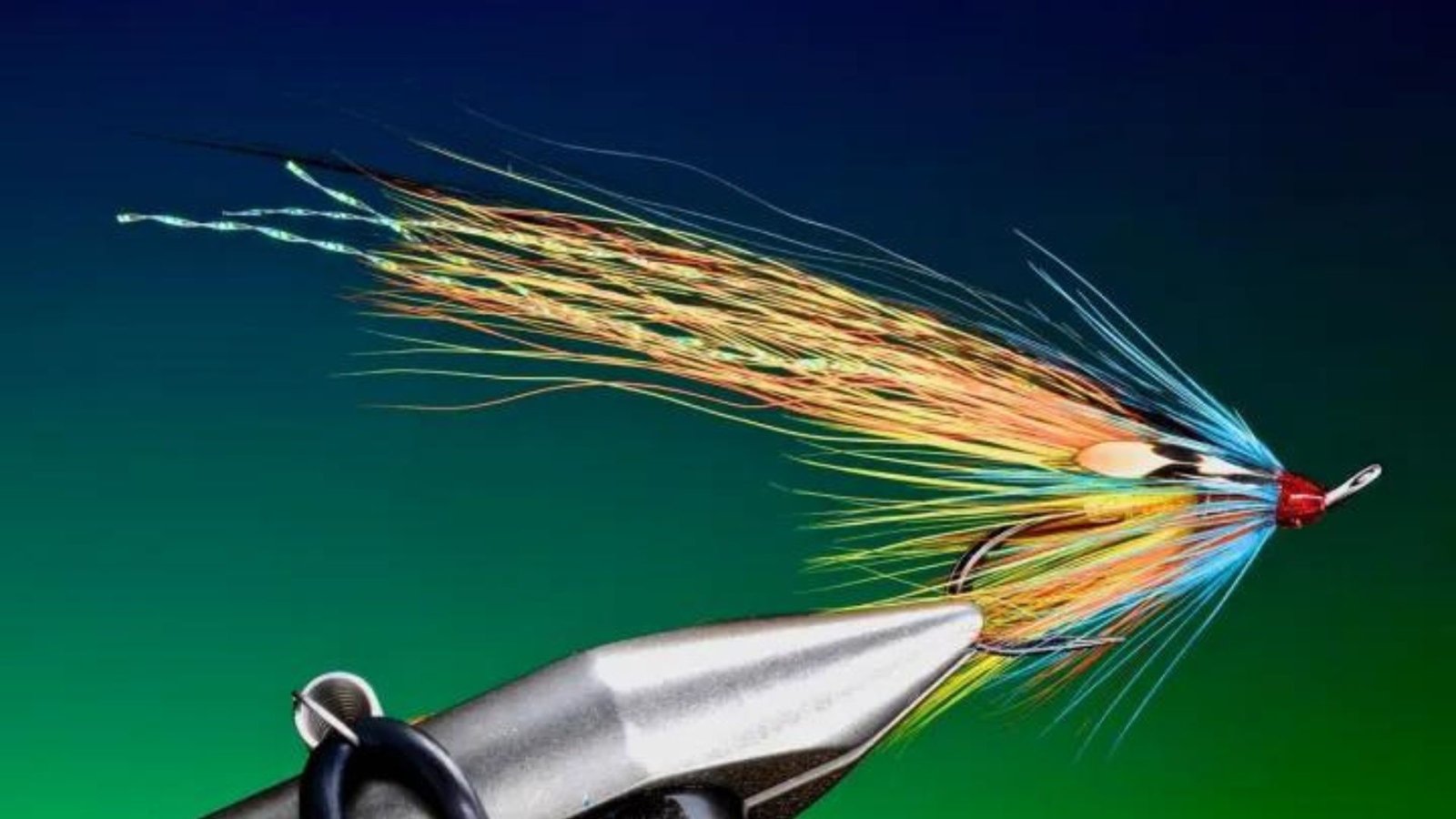Fishing a salmon fly on the surface offers a unique thrill, allowing anglers to witness the explosive take of a salmon as it breaches the water to snatch the fly. This method requires specific techniques, a good understanding of salmon behavior, and appropriate equipment. Here’s a detailed guide to help you master surface fishing for salmon.

How to Fish a Salmon Fly on the Surface
Choose the Right Equipment
Selecting the right gear is the first step to successful surface fishing.
- Rod and Reel: A 9 to 10-foot fly rod rated for 8-10 weight lines is ideal for handling the strength of salmon. Pair this with a sturdy reel equipped with a strong drag system to manage powerful runs.
- Fly Line: A weight-forward floating line is crucial for keeping the fly on the surface and ensuring accurate casts.
- Leader and Tippet: Use a 9-12 foot tapered leader with a 10-15 lb test tippet. This setup helps present the fly naturally while being strong enough to handle aggressive strikes.
Select the Right Fly
Surface flies designed to create movement and disturbance are most effective.
- Popular Flies: Patterns such as the Bomber, Wulff, and Mouse fly are renowned for their success in surface fishing. These flies are designed to float and skate across the water, mimicking prey.
- Color and Size: Adjust your fly’s color based on water clarity—bright colors for murky water and natural colors for clear water. The size of the fly should match the local prey and the salmon species you’re targeting.
Identify Productive Water
Knowing where to cast significantly improves your chances of success.
- Riffles and Runs: Fast-moving water with riffles and runs often hold salmon. These areas are oxygen-rich and provide a good feeding ground.
- Pools and Eddies: Target deeper pools and eddies where salmon may rest. These calmer waters are ideal for presenting a surface fly.
- Shallow Areas: Salmon frequently move into shallower water during low-light conditions. Early morning and late evening are prime times to find salmon in these areas.
Presenting the Fly
Effective presentation of the fly is key to enticing a salmon to strike.
- Casting: Aim for accurate casts that place the fly just ahead of where salmon are holding or moving. Avoid casting directly on top of the fish to prevent spooking them.
- Drift: Let the fly drift naturally with the current. Mending your line to reduce drag ensures the fly behaves like natural prey.
- Skating: Employ short, quick strips or rod movements to skate the fly across the surface. This technique simulates the erratic movement of insects or small animals, attracting salmon.
Reading the Water
Understanding water conditions and salmon behavior enhances your fishing strategy.
- Rises and Swirls: Look for visual signs of salmon feeding on the surface, such as rises or swirls.
- Water Temperature: Cooler water temperatures increase the likelihood of salmon taking surface flies.
- Time of Day: Early mornings and late evenings, when light levels are lower, are typically the best times for surface fishing.
Setting the Hook
Timing and technique are crucial when setting the hook on a surface strike.
- Patience: Wait until you feel the weight of the fish before setting the hook. Reacting too quickly can result in a missed strike.
- Firm Hook Set: Use a firm, upward motion to set the hook securely. This ensures the hook penetrates the salmon’s mouth properly.
Playing the Fish
Successfully landing a salmon requires careful management once the fish is hooked.
- Keep the Line Tight: Maintain steady pressure and keep the line tight to prevent the fish from shaking the hook.
- Use the Reel: Let the reel’s drag system manage the fish’s runs. Apply pressure to tire out the salmon without risking a break-off.
- Guide the Fish: Use the rod to steer the fish away from obstacles and towards you, ensuring a safe and controlled landing.




